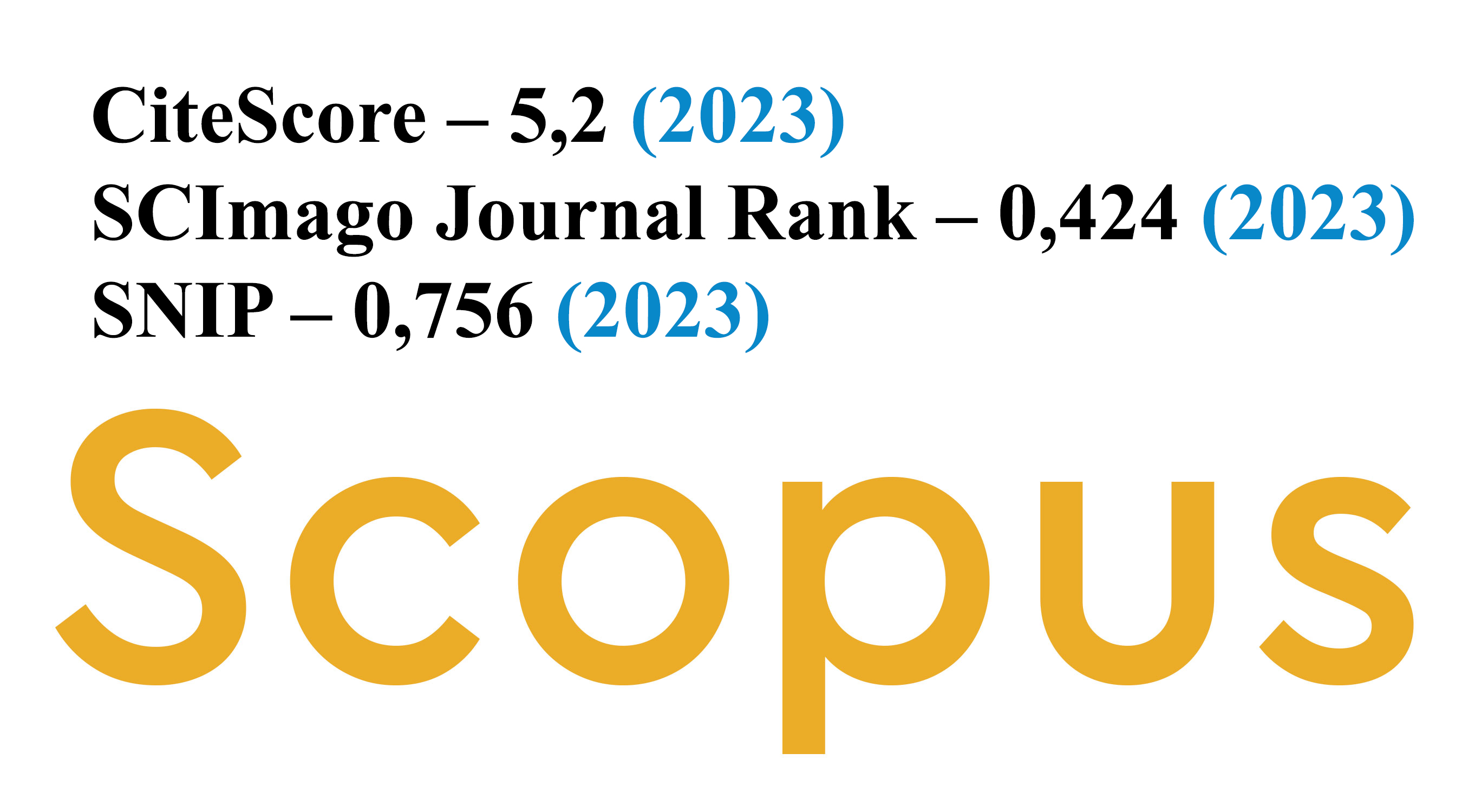Impact of Foreign Direct Investment on Economic Growth in Central and Eastern European Countries
DOI:
https://doi.org/10.5755/j01.ee.27.3.3914Keywords:
foreign direct investment, gross domestic product, Central Europe, modelAbstract
The paper seeks to analyse foreign direct investment and its impact on economic growth in the Central European macro-region, with an emphasis on the Czech Republic, Estonia, Lithuania, Latvia, Hungary and Poland. The methodology applied in the first part involved comparative analysis of the trends in foreign investment and gross domestic product, and in the other, a growth model based on the Endogenous Growth Model. The construction of the model seeks to assess the impact of selected economic factors, including foreign direct investment, on the economic growth of transitional economies. The model employs a group of indicators, the gross domestic product per capita, volume of foreign direct investment per capita and gross fixed capital per capita, labour force growth and share of tertiary education graduates in the labour force.
The analysis implied a great deal of spatial differentiation in the inflow of foreign investment and in economic growth. The highest volume of foreign direct investment per labour force is reported in Latvia, Estonia and the Czech Republic. The countries in this group are followed by Hungary and Slovakia, with Hungary displaying a marked decline in economic growth and investment attractiveness during recent years, and with Slovakia exhibiting the contrary trends to such an extent that Slovak economy has overtaken that of Hungary. The third group of countries contains Lithuania, Poland and Slovenia with the lowest volumes of foreign direct investment, where Lithuania nevertheless succeeded in sustaining a higher rate of growth of the gross domestic product. Poland also reported economic growth during the crisis years.
In the second part, a growth model is compiled, which revealed that statistically significant relations exist between economic growth, labour force and investment growth. Growth of foreign direct investment positively demonstrates itself in increasing the rate of growth of the gross domestic product. As regards fixed capital formation, a higher growth will have an even more marked impact on the growth of the gross domestic product than was the case for foreign direct investment.
Research confirms that each country is characterised by a different development trajectory in the field of economic growth and inflow of foreign investment. Foreign direct investment had an exceptional role to play in economic transformation as it contributed to the economic growth of Central and Eastern European countries and became a vehicle of integration for the transitional economies in global production chains.





